Apple Inc. has done some conceptual work on software technology that would allow an iPhone to vocalized multimedia data — such as text — and then send that vocalized data via a walkie-talkie-like voice channel to a second iPhone where it would then be output as audio or transcribed back into text.
Given the rapid deployment, proliferation, and technical advancement of mobile personal communication devices like cell phones, users of those devices are presented with any number of ways to communicate with other users, Fadell explained in the filing.
"For example, a user can send type a text message using, for example, Short Message Service-Point to Point (SMS-PP) protocol as defined in GSM recommendation 03.40 where messages are sent via a store-and forward mechanism to a Short Message Service Center (SMSC), which will attempt to send the message to the recipient and possibly retry if the user is not reachable at a given moment," he wrote. "Therefore, SMS-PP requires the use of a backend server to provide the necessary support for transmission of data between sender and receiver."
On the other hand, Fadell's concept calls for a mechanism whereby data is passed between a sender and receiver unit by way of voice channel only, therefore bypassing use of the data channel used in conventional arrangements.
"In this way, a sender can select that data which he/she desires to send to a receiver unit using by first converting the data into an appropriate vocal/voice format which is then forwarded to a receiver unit by way of the voice channel," he wrote. "Once received at the receiver unit, the vocalized data can be converted to an audio signal, which is then output by way of an audio output device (such as a speaker, earphone, etc.)."
Fadell explains that the concept is particularly well suited for people having visual problems or in those situations where viewing the data on a small display screen is problematic.
According to the filing, once the vocalized data — such as a vocalized phone number — has been sent to and received at the second cell phone, processing of that data can be performed based upon a prompted user request or based upon a pre-selected protocol.
"For example," Fadell wrote, "once received at the cell phone, the vocalized phone number can be passed to an audio output device that (in the case of a speaker) generates an audible rendition of the vocalized phone number. In another case, the vocalized phone number is forwarded to a voice mail server where the receiver records the vocalized phone number as a voice mail message for subsequent playback."
In the filing, the Apple iPod chief also describes a method where vocalized text data could be received and then transformed back into text, effectively allowing for walkie-talkie like text messaging between iPhones without the need for a backend server.
 AppleInsider Staff
AppleInsider Staff
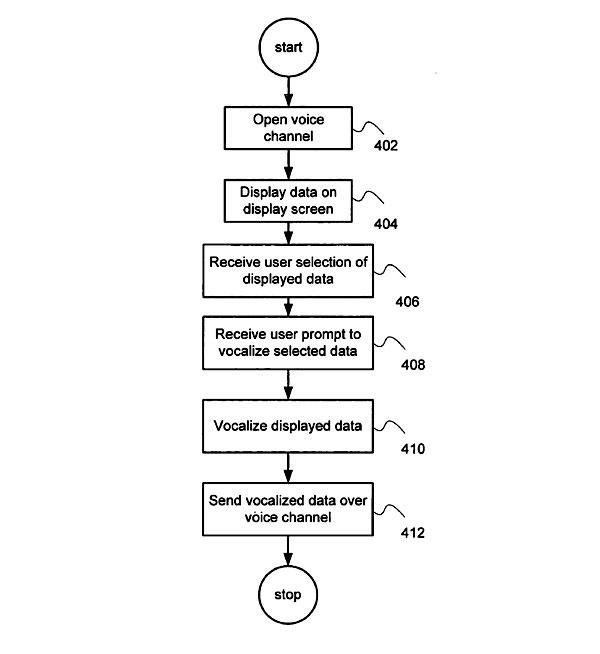

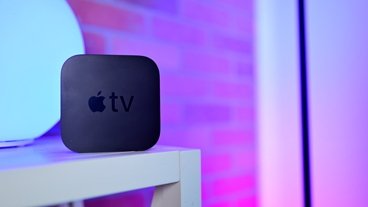
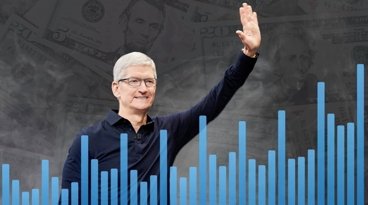
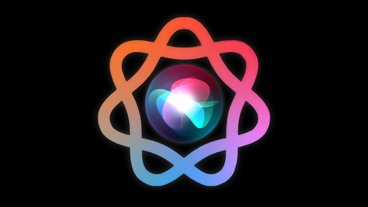
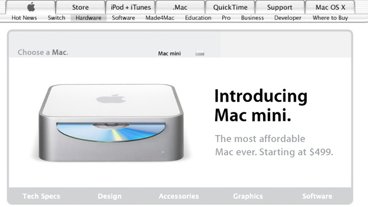
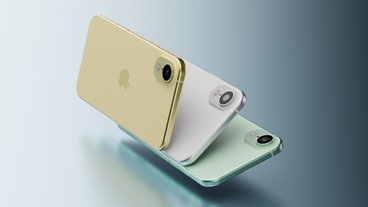
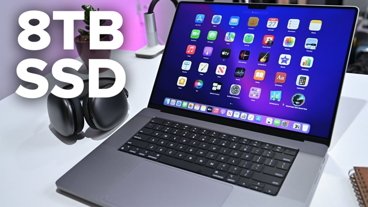
-m.jpg)





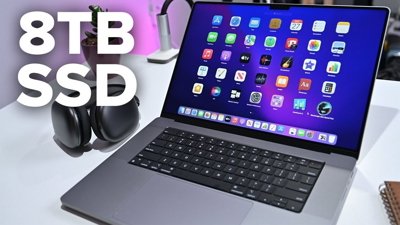
 Christine McKee
Christine McKee
 Marko Zivkovic
Marko Zivkovic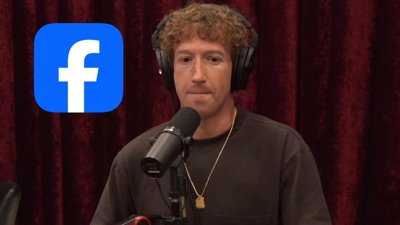
 Wesley Hilliard
Wesley Hilliard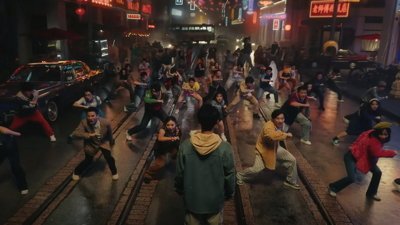
 Malcolm Owen
Malcolm Owen
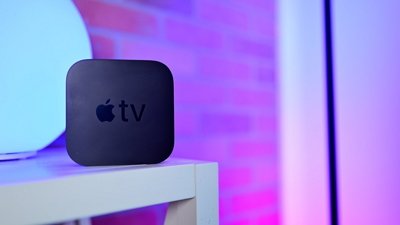

 William Gallagher
William Gallagher
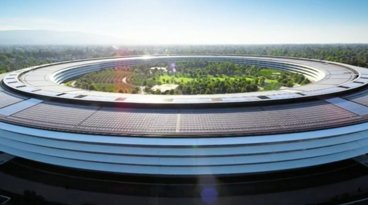

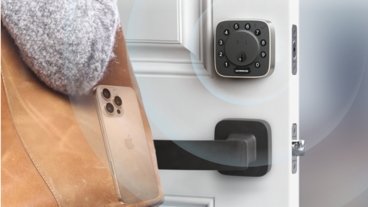







25 Comments
This is interesting.
If the phone has text-to-speech capability, I'm not sure I understand why you'd want to convert on the send side rather than the receive side. Seems wasteful, bandwidth wise.
I disagree. I think this patent is related to some work apple was doing at one point (and has another patent related to - filed recently) a specific iPhone custom ringtone scheme, where you get to send data (text is a red herring here) to the phone before you call it. The theory here is that you take a picture of yourself calling the person, so they get the picture at the same time you care calling. Re-read that patent filing for incorporating pictures into voice feeds, not only is it for Garageband's recoding of iChat's conversations for podcasts, but it also can be applied here.
I suspect A. it's not ready, and B. since it will be an iPhone specific feature, Apple may be waiting to see if the iPhone becomes ubiquitous enough to incorporate that feature.
"vocalized phone number" could be anything. "Calling you from 555-1212" could just be as easily "hey! it's AlexJ! pickup!" in case I don't want to go all photographic on you.
---alexJ
If the phone has text-to-speech capability, I'm not sure I understand why you'd want to convert on the send side rather than the receive side. Seems wasteful, bandwidth wise.
I think this means It avoids the unreliability of the store and forward server by using voicemail so the receiver doesn't have to wait for second attempts at delivery if they are out of range. They can just go and get the message when it is convenient.
I disagree. I think this patent is related to some work apple was doing at one point (and has another patent related to - filed recently) a specific iPhone custom ringtone scheme, where you get to send data (text is a red herring here) to the phone before you call it. The theory here is that you take a picture of yourself calling the person, so they get the picture at the same time you care calling. Re-read that patent filing for incorporating pictures into voice feeds, not only is it for Garageband's recoding of iChat's conversations for podcasts, but it also can be applied here.
I suspect A. it's not ready, and B. since it will be an iPhone specific feature, Apple may be waiting to see if the iPhone becomes ubiquitous enough to incorporate that feature.
"vocalized phone number" could be anything. "Calling you from 555-1212" could just be as easily "hey! it's AlexJ! pickup!" in case I don't want to go all photographic on you.
---alexJ
That's an excellent explanation from someone who has never posted here before! Thanks Steve!